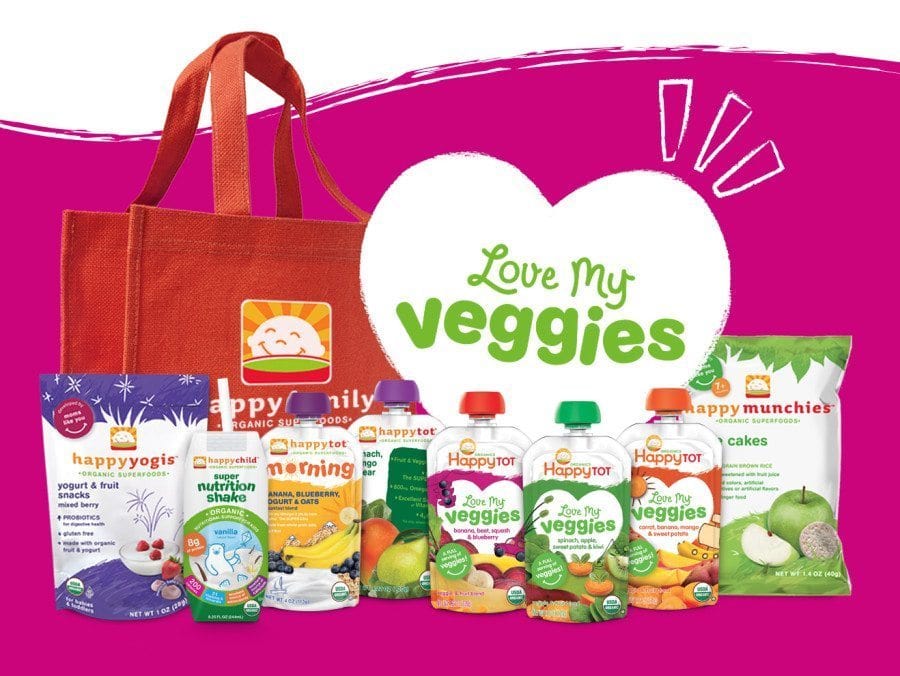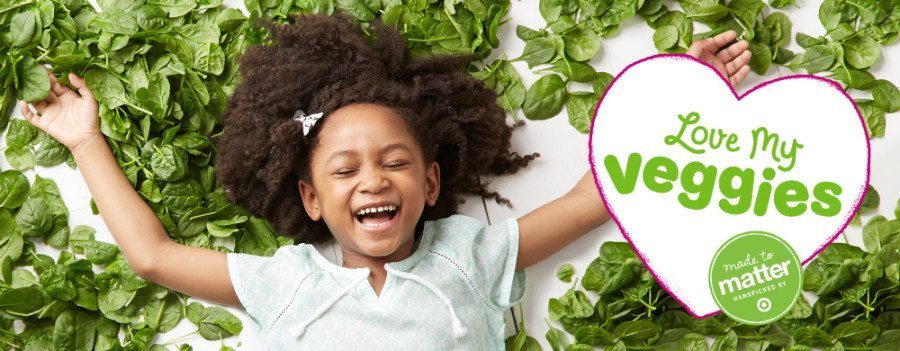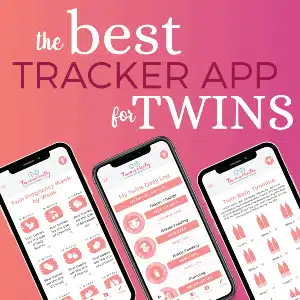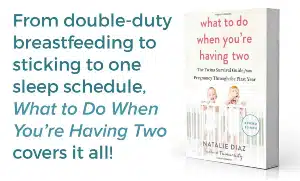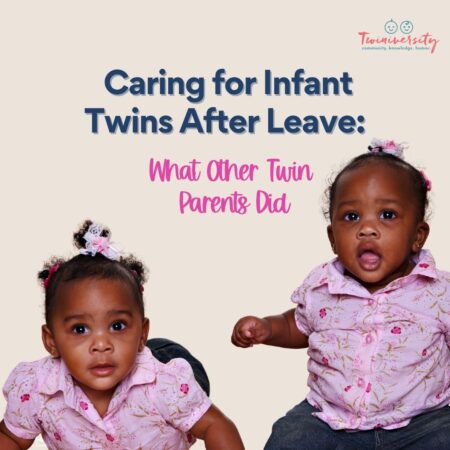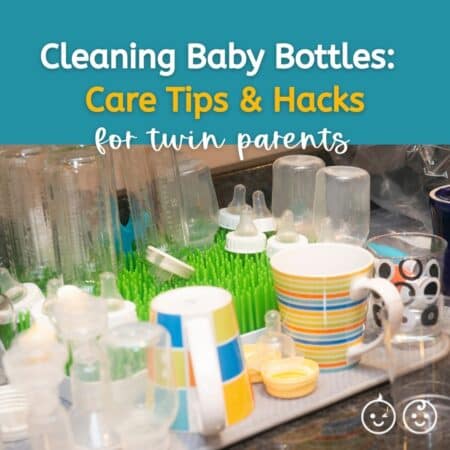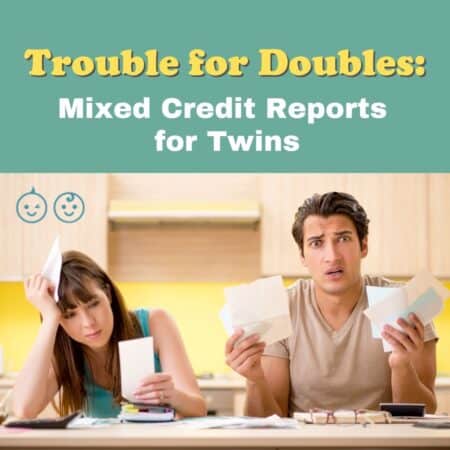Last updated on September 30th, 2021 at 10:14 am
Although the US EPA is “confident that the fruits and vegetables our children are eating are safer than ever” I remain skeptical. With so much news of common foods in the US being banned elsewhere and studies reporting residues of pesticides, hormones, and other chemicals in our bodies, grocery shopping has become anything but simple. Ideally I’d buy all organic food but with a family of four on a tight budget I’ve had to maneuver this complex minefield with a few manageable steps.
STEP 1: The Environmental Working Group (EWG)
I’ve come to depend on the EWG, especially their lists of what to buy organic to avoid the highest concentrations of pesticides, and foods with low pesticide content that’s ok to buy non-organic. They also have great guides to buying seafood, avoiding food additives and managing exposure to endocrine disruptors, to name a few of the things we now must consider everyday.
STEP 2: Cost
Some foods have a huge cost difference between organic and conventional, like bell peppers and grapes, but organic apples are typically fairly similar in price to conventional. Often prices are based on seasonality and I have noticed that I shop much more seasonally to be able to enjoy pesticide-free strawberries, for example, at some point in the year.
I also survey our eating habits and how much of each food we consume weekly. My 4 year old boys live on apples and no matter the season that is on my organic list. However, even though bell peppers are on my weekly shopping list, and are on EWG’s Dirty Dozen list, I can’t fathom paying $6 for a pepper. Not the kids’ favorite, spinach is often relegated to the non-organic list, however kale (for yummy kale chips) needs to organic.
Food waste is also a consideration when buying organic since the exclusion of waxes or preservatives makes some organic food spoil faster. This can be managed with appropriate menu planning.
We base our meals around the cheaper organic products, like lentils, beans and rice, and limit our meat and cheese consumption. We cook meals from budget conscious cookbooks like Good and Cheap and Wildly Affordable Organic. There are also numerous apps guiding you toward healthy food options.
STEP 3: Delve Deeper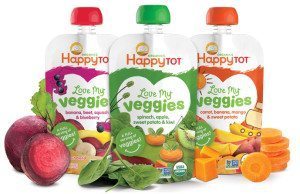
Eating healthy is anything but a simple topic and as you delve deeper the organic versus non-organic issue becomes more complicated. Toxic glyphosate, the main ingredient Roundup, is used as a pre-harvest dessicant on crops such as wheat, barley, sugar cane, rice, seeds, dried beans and peas, sugar cane, sweet
potatoes, and sugar beets. It has been shown to “significantly disrupts the functioning of beneficial bacteria in the gut and contributes to permeability of the intestinal wall and consequent expression of autoimmune disease symptoms”. However hard it is to believe, a majority of studies say that based on nutritional value only, there is little difference between organic and conventionally grown food. The topic is of course more complicated and health impacts on farm workers, consumers, and living conditions of the animals, for example, shouldn’t be ignored. The EPA’s research of chemical combinations and long-term effects of pesticides are insufficient and several lead scientists conclude that high pesticide exposure can lead to lower I.Q. tests in children.
STEP 4: Grow Your Own
We love gardening and try to grow things like tomatoes, spinach, peppers, and peas but so far growing our own hasn’t made a significant enough impact on overall yearly food consumption. Nevertheless, if feasible, it’s a great way to avoid the mass produced, conventionally grown, i.e. sprayed, foods. Growing from organic seeds and choosing to grow the most expensive of the “dirty dozen” list can make a difference. If nothing else, to educate. My 4 year olds know about the chemicals put on food and why we buy some things organic, why some things are too expensive to buy organic and why we wait for these to be in season to purchase, like peaches. They seem to get it. They get involved in food shopping and preparation, which empowers them and makes them proud when they eat well.
Farmer’s markets, co-ops, and organics delivery companies are great when a garden of your own isn’t an option. It also skips the middleman and connects you directly with local farmers, and helps you and your kids understand impacts of weather on availability of foods.
It is because of them that I research what we’re eating. American food conglomerates, by focusing primarily on profit over health have created a difficult, complicated system to navigate the benefits and pitfalls of the food we eat. However, our food choices are making a difference in the availability and affordability of food. Ideally “conventional” would be safe and “organic”, but until then we must scrutinize our own eating habits, budgets and research to formulate highly personalized routines in navigating grocery aisles.
 Sylvia Wooller is an architect and mom of hungry 4-year-old fraternal twin boys, Dylan and Dalston. She heads her own Environmental Architecture practice, Remake Architecture, in Evanston, Illinois, a highly sustainable community, with a great farmer’s market and universal green energy. She has degrees in architecture, environment and energy. Sylvia enjoyed years of world travel and photography. Currently, she researches healthy, delicious recipes, gardens, and plans local adventures with her boys, dreaming of taking them around the world eventually. You can find Remake Architecuture on Facebook and Yelp.
Sylvia Wooller is an architect and mom of hungry 4-year-old fraternal twin boys, Dylan and Dalston. She heads her own Environmental Architecture practice, Remake Architecture, in Evanston, Illinois, a highly sustainable community, with a great farmer’s market and universal green energy. She has degrees in architecture, environment and energy. Sylvia enjoyed years of world travel and photography. Currently, she researches healthy, delicious recipes, gardens, and plans local adventures with her boys, dreaming of taking them around the world eventually. You can find Remake Architecuture on Facebook and Yelp.—————————————————————————————————————————–
Love My Veggies Gluten Free Dairy Free Pancakes
¼ cup ground flax seed
½ cup gluten free oat flour (or finely ground almond flour)
½ cup tapioca flour (found in most grocery stores but may be labeled as “tapioca starch”)
1 tbsp baking powder
Dash of salt
2 eggs
½ cup non-dairy milk (we use unsweetened almond milk)
1 Happy Baby Love My Veggies Spinach Apple Sweet Potato Kiwi pouch
1 cup of organic blueberries
Combine the dry ingredients in a large mixing bowl. In a separate medium mixing bowl, whisk the eggs, non-dairy milk and Love My Veggies Pouch together. Pour the wet mixture into the dry ingredients and stir to combine. Gently toss in the blueberries. Cook as you normally would pancakes, using coconut oil as desired to grease your griddle. We enjoyed ours with extra blueberries for natural juicy sweetness! They are super yummy with berry yogurt.
This recipe makes 5-8 pancakes depending on size.
—————————————————————————————————————————–
Contest is closed
[gravityform id=”163″ title=”false” description=”false”]

